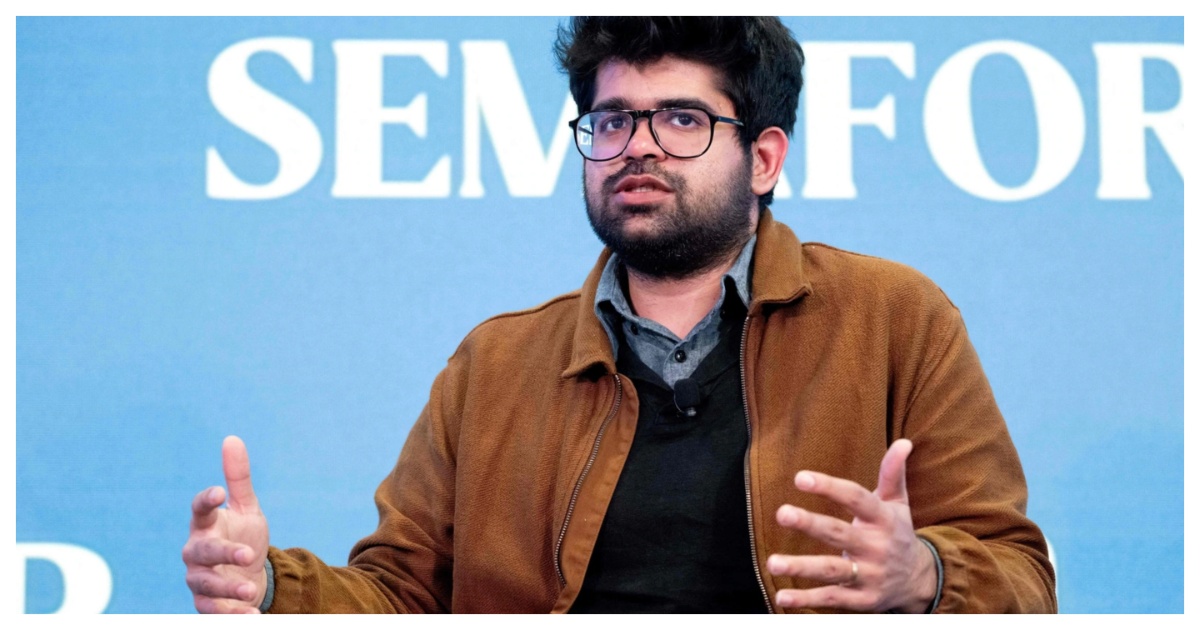The top AI labs have been slugging it out for the title of having the best model on the benchmarks, but these leads could be hard to defend for any meaningful period of time.
Aravind Srinivas, CEO of the popular AI-powered search engine Perplexity AI, has suggested that the rapid pace of innovation in the AI field makes it nearly impossible for any single company to maintain a dominant position for long. His perspective offers a fascinating glimpse into the volatile landscape of large language models (LLMs) and the strategic decisions companies like Perplexity are making to navigate this ever-shifting terrain.

Srinivas outlines Perplexity’s approach, stating, “We’ll continue to keep the same strategy, which is to have a version of our product that can run with our own models, but not hinder or disrupt the user from the best experience that we can provide to them.” This commitment to user experience dictates their pragmatic approach to model selection: “If we’re not able to do it with our own model, we’ll just use other people’s models. We have no problems with that.”
This adaptability stems from Srinivas’s core belief about the current state of AI development: “Our belief is that nobody’s going to have the lead in having the best AI model for more than a few weeks.” He points to the rapid-fire releases of increasingly powerful models as evidence: “The pace at which the field is moving… Anthropic had the 3.7, and then within a few weeks, Google did Gemini 2.5 Pro, which was way better. Grok 3 came out, and then OpenAI has o3 and o4.”
He acknowledges the ongoing debate about which model reigns supreme, conceding, “There’s always some debate on what is the best model, but they’re all looking the same and they’re all good for certain specific sort of things.”
Perplexity isn’t the only AI company that’s said that leads in capabilities might be hard to maintain. OpenAI CEO Sam Altman has conceded that they would have a less of a lead over other AI companies in the coming years, while its CPO Kevin Weil has said that the days of a 12-month lead are over, but a 3-6 month lead could still matter.
This constant churn in model leadership could create a highly competitive environment in the AI industry, forcing companies to be agile and adaptable. It could be quite hard for the top labs to compete on the quality of models. Instead, what could matter is pricing and user-experience — labs will cheap and easy-to-use APIs will likely be able to pull in developers and users. On the user side, having several extremely capable models will put power into the hands of companies that control the user experience, such as Cursor or Windsurf — the user might not particularly care which models are being used in the backend, as long as their use-cases are being met. These are all interesting developments, and having several competitors for the top position in the AI model race could have big implications for how the AI revolution unfolds in the coming years.
